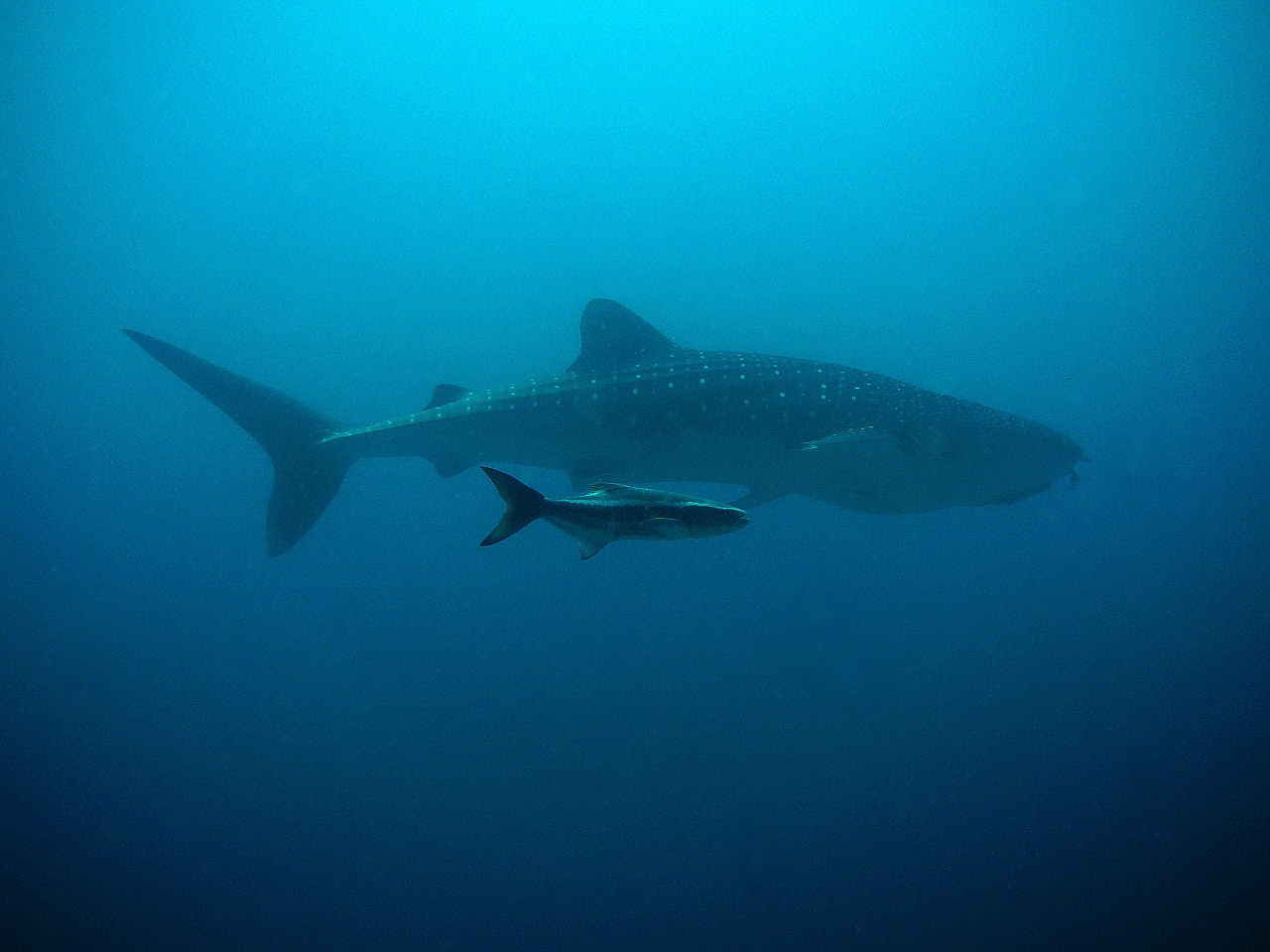Scientific classification: Sharks belong to the class Chondrichthyes and the subclass Elasmobranchii. The estimated 375 species are divided into 8 orders and 30 families. The bull shark, blue shark, tiger shark, common lemon shark, dusky shark, sandbar shark, and the reef white tip shark belong to the requiem family
Introduction
Sharks constitute members of the several fast-swimming water animals, generally known for their many sharp teeth, distinctive dorsal fin, and skill in locating underwater prey. Like other fishes, sharks are generally cold-blooded and breathe with gills. But unlike the more common bony fishes, jawless fish characteristics which have skeletons made of rigid bone, sharks and their relatives skates, rays, and chimaeras have flexible internal skeletons made of cartilage.
Physical description of Shark
In most species, the mouth and nostrils are on the ventral side, but in some species they are at the tip of the snout. Sharks are perhaps best known for their short, powerful, hinged jaws and multiple rows of sharp, triangular teeth, which they use to crush or tear pieces of flesh from their prey. Biologists believe that sharks’ formidable teeth are actually enlarged, modified placoid scales. A shark’s teeth are embedded in its gums, rather than firmly planted in the jaws, and sharks often lose teeth while killing and eating live prey. In most sharks, only the front two rows of teeth are upright and functional, but some species have as many as eight functional rows. Several rows of replacement teeth continually develop behind the teeth a shark actually uses. Developing teeth lie flat, just above the gums, and as teeth are lost, new ones move forward and upright to replace them. When a lemon shark loses a tooth, jawless fish characteristics it takes only eight days for a new one to completely replace it. Some sharks may grow, lose, and replace as many as 30,000 teeth in their lifetime.
The Unique Fins
Five different kinds of rigid fins supported by cartilage aid sharks in swimming. Depending on the species, sharks may have one or two dorsal fins, which provide stabilization in the water. Sharks also possess two sets of paired fins located on their ventral surface. One set, the pectoral fins, jawless fish characteristics is located just behind the head. Pectoral fins provide lift as sharks move up and down in the water column and stabilization when they swim at a constant depth. They are also used for steering and turning.
Conservation
To prevent the effects of overfishing and other human activities in the United States, state and federal management plans restrict the number of sharks that can be legally killed. Plans also require that fishers take entire sharks, instead of just the fins, preventing the practice of cutting off the fins and leaving the rest of the fish to waste. In many countries, including South Africa, Australia, and the United States, legislation specifically protects great white sharks, a species widely prized as a game fish and considered to be endangered in many areas where they once roamed in large numbers, jawless fish characteristics.

